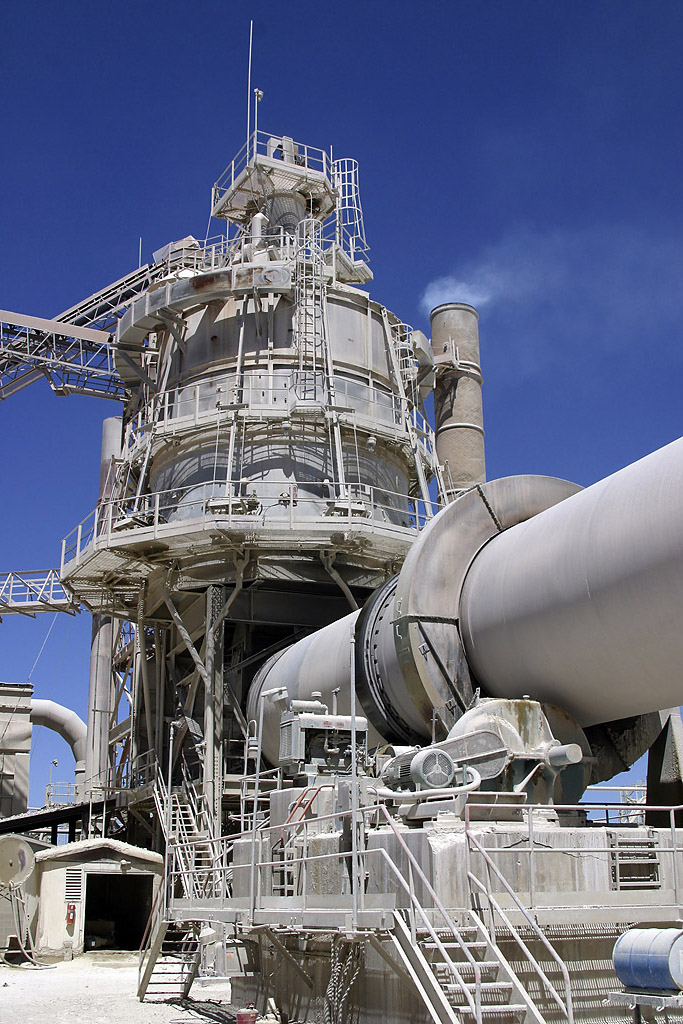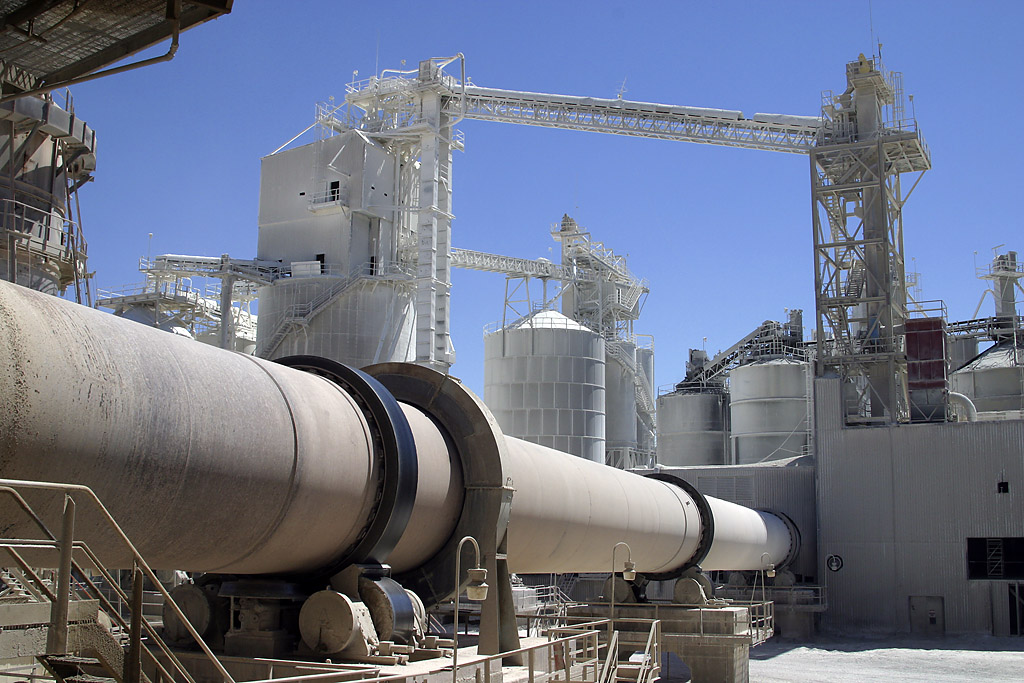The dissociation of limestone (calcium carbonate) into quicklime and carbon dioxide at temperature is a process known as calcination i.e.,
CaCO3 = CaO + CO2 ΔH = -760 BTU/lb CaCO3
Magnesium Carbonate, which is found in some quantities with limestone deposits, also dissociates according to the reaction:
MgCO3 = MgO + CO2 ΔH = -558 BTU/lb MgCO3
Mineral deposits which contain significant amounts of MgCO3 (5-39%) are called dolomitic limestone, while those containing >40% are known as dolomite.
The dissociation of both calcium and magnesium carbonate is endothermic. The reaction rate increases with temperature with calcination commencing at 250 oC (480 oF) for magnesium carbonate, requiring 410 oC (770 oF) to go to completion at atmospheric pressure. For calcium carbonate the reaction occurs between 500-805 oC (930-1480 oF). The decomposition of dolomites and magnesium/dolomitic limestone precursors is more complex than for their pure compounds. According to Oats (1998) it is still not clear whether the decomposition reactions proceed in a single, two discrete paths or a combination of both i.e.,
CaCO3.MgCO3 + Heat = CaCO3.MgO + CO2
CaCO3.MgO + Heat = CaO.MgO + CO2
CaCO3.MgCO3 + Heat = CaO.MgO + CO2
However, all dolomites and magnesium/dolomite limestones decompose at higher temperatures than magnesium carbonate with the onset of the dissociation varying between 510 and 750oC.
Lime Kilns
We were part of the design team for the largest lime kiln in the USA, a 20-cassette pre-heater kiln at Mississippi Lime in St. Genevieve, MO. We have worked with some of the largest lime-making companies in the US and Canada. We offer various optimization studies towards production increases and environmental compliance. Our expertise go beyond rotary kilns having worked on tunnel and shaft kilns.


